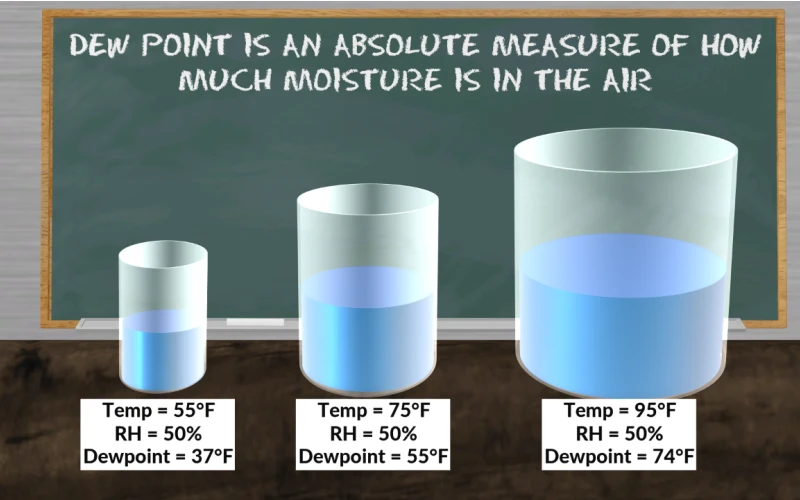High Dew Point: Understanding Its Impact on Weather and Comfort
April 18, 2025 | News | No Comments

# High Dew Point: Understanding Its Impact on Weather and Comfort
## What Is Dew Point?
The dew point is the temperature at which air becomes saturated with water vapor, leading to condensation. When the dew point is high, it indicates a significant amount of moisture in the air. Unlike relative humidity, which changes with temperature, the dew point provides a more consistent measure of atmospheric moisture.
## How High Dew Point Affects Weather
A high dew point often signals uncomfortable and potentially hazardous weather conditions. Here’s how it influences different weather patterns:
### 1. Increased Humidity
When the dew point rises above 60°F (15°C), the air feels noticeably more humid. At levels above 70°F (21°C), the atmosphere can feel oppressive, making outdoor activities strenuous.
### 2. Thunderstorm Formation
High dew points contribute to unstable atmospheric conditions, fueling thunderstorms. The abundant moisture in the air enhances convective activity, leading to heavy rainfall, lightning, and even severe weather events like tornadoes.
### 3. Reduced Visibility
In regions with high dew points, fog is more likely to form, especially during early mornings or late evenings. This can reduce visibility for drivers and disrupt travel plans.
## The Impact on Human Comfort
High dew points don’t just affect the weather—they also influence how we perceive temperature and comfort:
### 1. Heat Index and “Feels Like” Temperature
When dew points are high, sweat evaporates more slowly from the skin, making it harder for the body to cool down. This increases the perceived temperature, often making it feel much hotter than the actual air temperature.
### 2. Health Risks
Prolonged exposure to high dew point conditions can lead to heat-related illnesses such as heat exhaustion or heat stroke. People with respiratory conditions may also find it harder to breathe in muggy environments.
### 3. Sleep Discomfort
High humidity levels at night can interfere with sleep quality. The body struggles to regulate temperature, leading to restlessness and discomfort.
## Managing High Dew Point Conditions
While we can’t control the weather, we can take steps to mitigate the effects of high dew points:
– Stay Hydrated: Drink plenty of water to help your body cope with the heat.
– Use Air Conditioning: Air conditioning not only cools but also reduces indoor humidity.
– Wear Breathable Fabrics: Lightweight, moisture-wicking clothing helps keep you comfortable.
– Limit Outdoor Activities: Avoid strenuous exercise during peak humidity hours.
## Conclusion
Understanding the dew point is essential for predicting weather patterns and maintaining personal comfort. High dew points bring sticky, oppressive conditions that can affect everything from daily activities to severe weather development. By staying informed and taking precautions, we can better navigate these humid challenges.
Keyword: high dew point